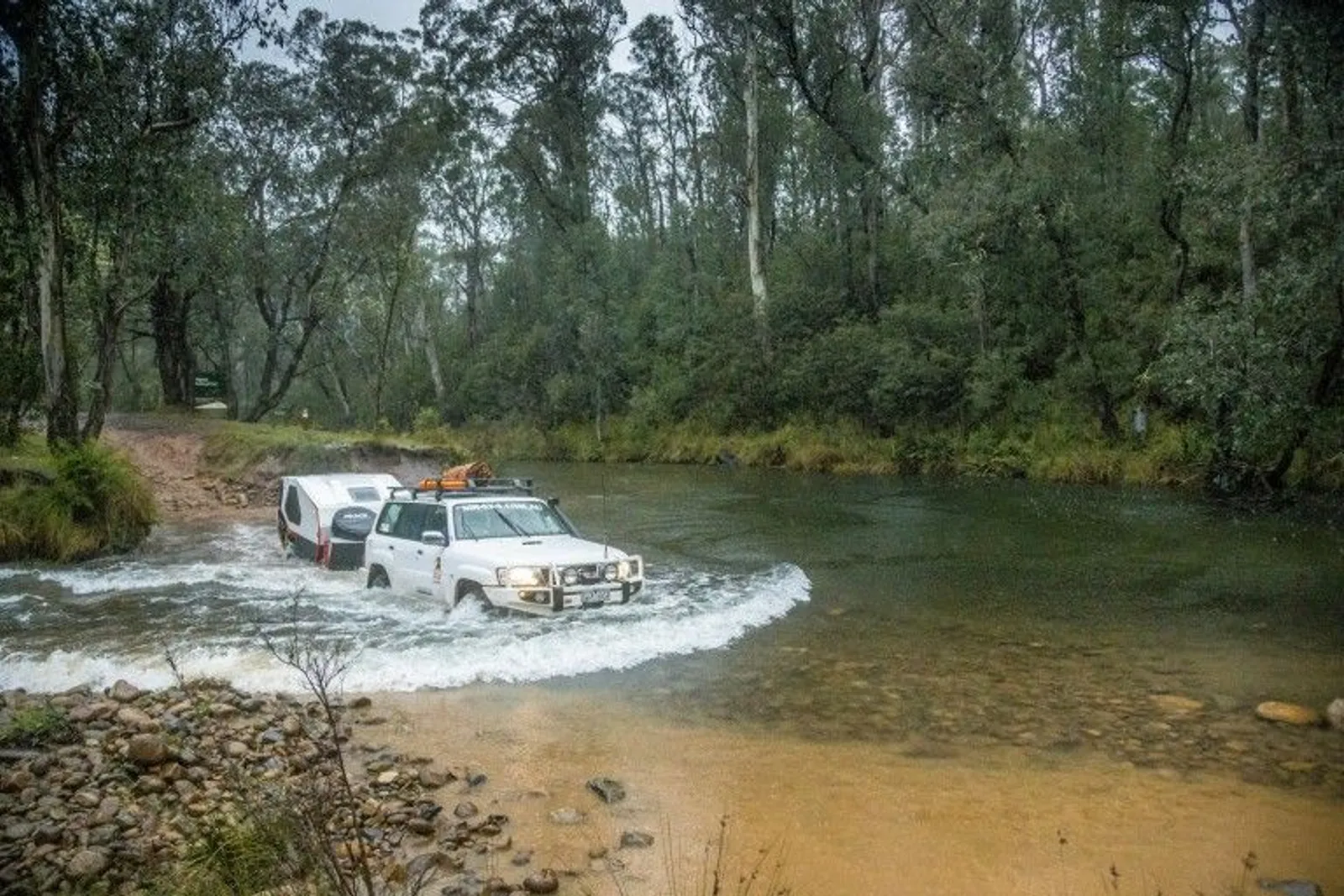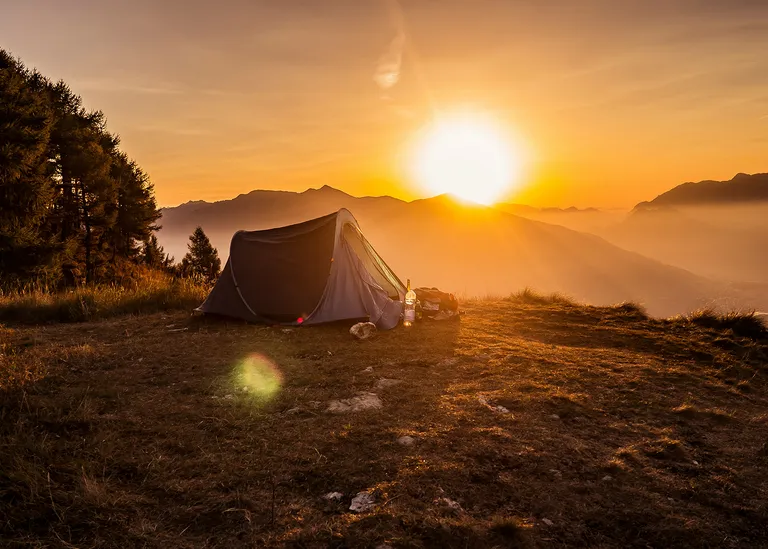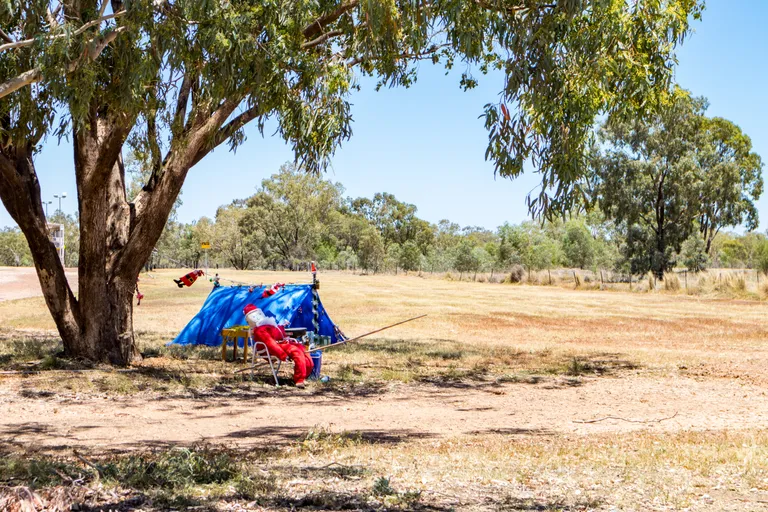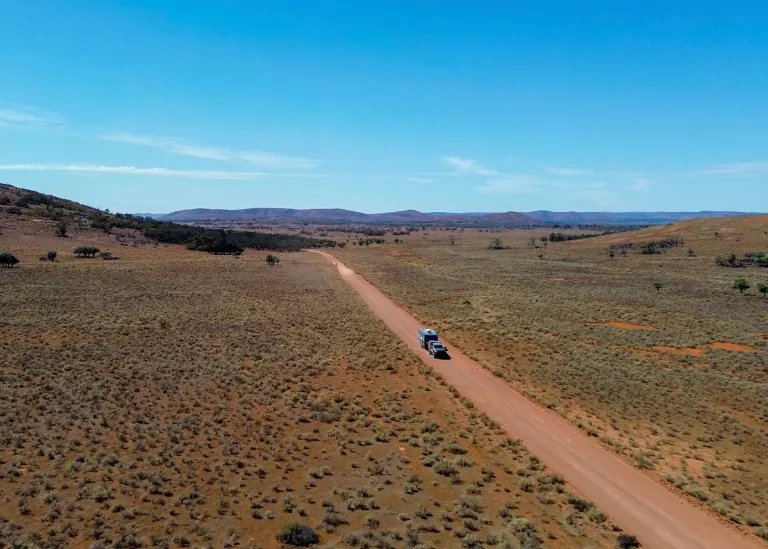There’s no doubt that water crossings are one of the most potentially hazardous obstacles encountered when out in the bush, and when you’re towing a camper behind you the risks can be multiplied so extra care must be taken. Here are our tips for water crossings while towing.
The first step is to assess the depth, the direction of the current and how hard it’s flowing. A trailer can double your side-on profile which’ll give the water a lot more surface area to act against, so there’ll be more force trying to push you off your line. The other consideration is that in deep crossings trailers can actually be pretty buoyant and start to float. Combined with a strong current they can jack-knife and try to pull you off course.
It’s important to keep your tow vehicle moving at a steady pace in order to maintain the bow wave in front of your four-wheel drive. This will create a depression of shallower water behind it that you should aim to pull your trailer through, minimising the risk of its wheels leaving the ground.
As with any crossing, if it’s too deep or the current is too strong, try to find another way around, even if it adds a bit of time to your trip. It’s a bit trickier with trailers, as the option of trying to reverse out is either very difficult or impossible.
I’d take an extra couple of hours driving over losing thousands of dollars worth of gear…or sleeping on a soaked mattress for that matter.
Article from mr4x4





